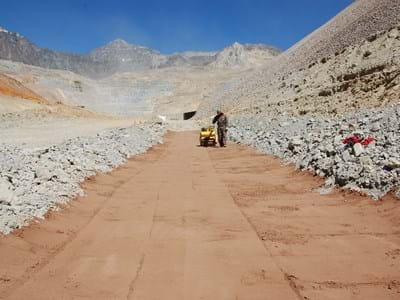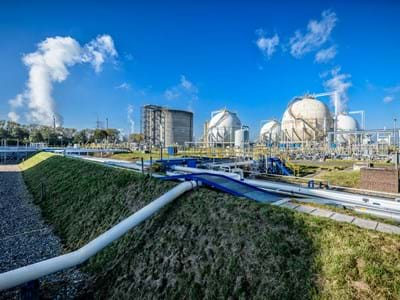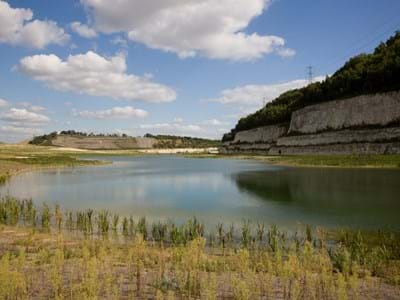
In civil engineering and infrastructure works, sealing solutions are an absolute necessity. From work on parking garages and basements to the insulation of cables and pipes: Trisoplast provides the solution. Why? The material is easy to apply, even in the most challenging locations, making it widely used in construction and infrastructure.
Various applications
In civil construction and infrastructure works, it is important to manage soil and rainwater properly. A reliable liner ensures this. Trisoplast is a mineral solution that can be applied very effectively on large surfaces as well as in smaller spaces. It stands out from other products due to its high degree of flexibility and durability. In construction and infrastructure, it can be used in various ways. Think of creating vertically liquid-proof structures, such as in basement renovations, sealing a tunnel basin, or the bridge deck of an ecoduct. Trisoliner (Trisoplast in the form of mats) is also suitable for certain situations. For vertical containment, Trisoplast screens or Trisolock plastic sheet piling are preferred. The latter is made from recycled plastic.
Good deformability
In addition to its versatile application possibilities, Trisoplast easily connects to openings and structures. Trisoplast has a self-healing capability and a robust composition, making it less susceptible to inevitable sharp elements (stones, construction debris, etc.) in the subsoil and top layer. Due to its chewing gum-like properties, Trisoplast has good deformability, which comes in handy with a soft subsoil and construction structure settlements. But even in an environment that is still moving, such as with a sheet pile wall, Trisoplast performs well.
Trisoplast has a high water retention capacity and does not shrink. This ensures that it retains its effectiveness even when drying out, and there is no cracking, which can occur with traditional clay and loam liner. All of this makes it a sustainable, safe, and easy-to-install sealing solution.




